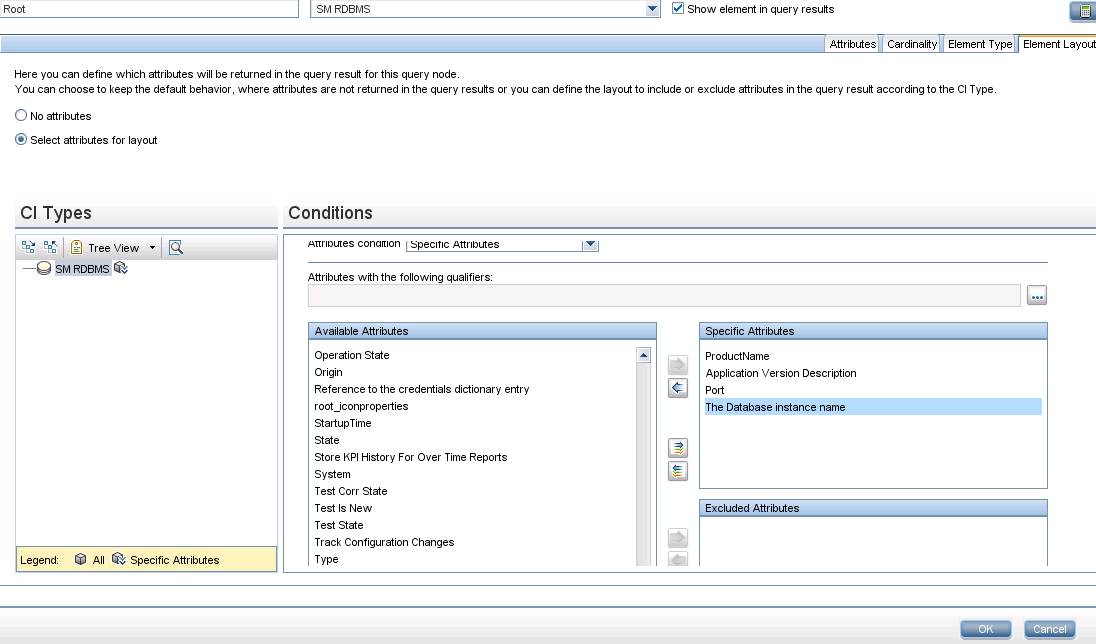Searching the Help
To search for information in the Help, type a word or phrase in the Search box. When you enter a group of words, OR is inferred. You can use Boolean operators to refine your search.
Results returned are case insensitive. However, results ranking takes case into account and assigns higher scores to case matches. Therefore, a search for "cats" followed by a search for "Cats" would return the same number of Help topics, but the order in which the topics are listed would be different.
| Search for | Example | Results |
|---|---|---|
| A single word | cat
|
Topics that contain the word "cat". You will also find its grammatical variations, such as "cats". |
|
A phrase. You can specify that the search results contain a specific phrase. |
"cat food" (quotation marks) |
Topics that contain the literal phrase "cat food" and all its grammatical variations. Without the quotation marks, the query is equivalent to specifying an OR operator, which finds topics with one of the individual words instead of the phrase. |
| Search for | Operator | Example |
|---|---|---|
|
Two or more words in the same topic |
|
|
| Either word in a topic |
|
|
| Topics that do not contain a specific word or phrase |
|
|
| Topics that contain one string and do not contain another | ^ (caret) |
cat ^ mouse
|
| A combination of search types | ( ) parentheses |
|
How to Add the CI Type’s Attributes to the Query Layout
To add a CI attribute to the integration, you must enable the calculation layout setting from the query that synchronizes the CI type. Because you must enable calculation for each attribute you want to add to the integration, you should be familiar with the integration CI types and their attributes.
The following steps illustrate how to enable calculation for attributes of the SM RDBMS CI type described in previous sections.
To add a CI type’s attributes to the query layout:
- Log in to UCMDB as an administrator.
- Navigate to Modeling > Modeling Studio.
- From the Queries navigation tree, click Integration > Service Manager.
- Double-click the query that manages the CI type whose attributes you want to add to the integration. For example, rdbmsData. UCMDB displays the TQL layout of the query.
- Right-click the Root node from the query layout, and then select Query Node Properties. The Query Node Properties window opens.
Caution Your integration query must contain a node called Root. See Query Requirements for more information.
- Click the Element Layout tab, and select the Select attributes for layout option.
-
Select Specific Attributes from the Attributes condition list, and from the Available Attributes list select the attributes you want and move them to the Specific Attributes list. For example, add the Product Name, Application Version Description, The Database Instance Name, and Port attributes.

- Click OK to save the query node properties.
- Select any additional node that contains the attributes you want to add to the integration. For example, Node.
- Repeat step 4 through step8 for each additional node.
- Click OK to save the query node properties.
- Repeat step 9 to step 13 for each additional node that contains the attributes you want to add to the integration.
- Click the Save icon to save the query
 .
.











